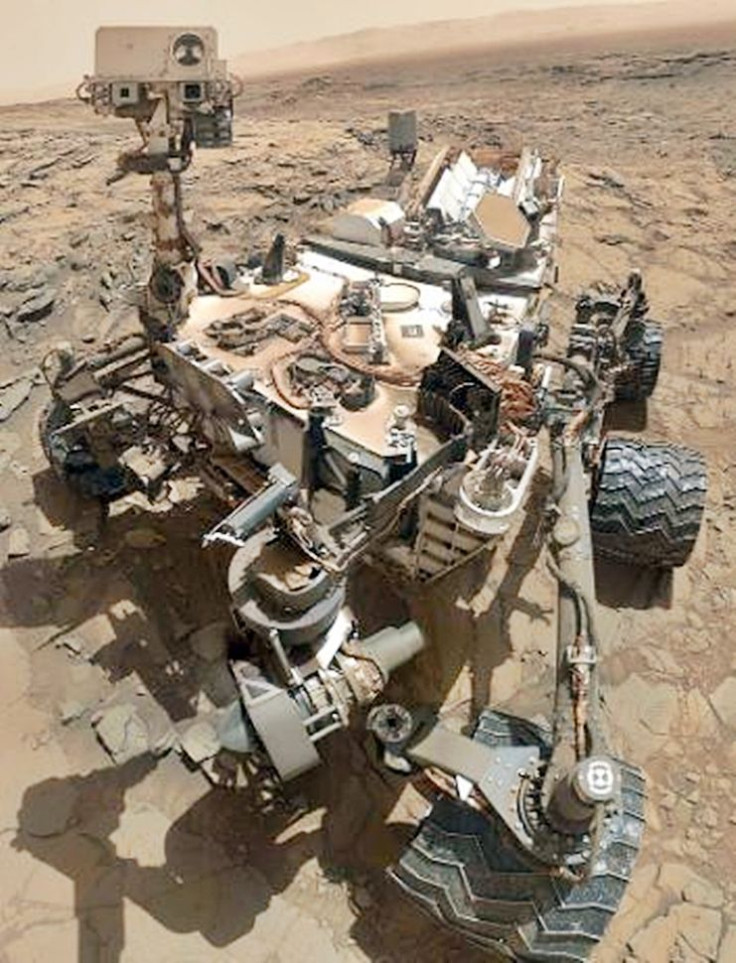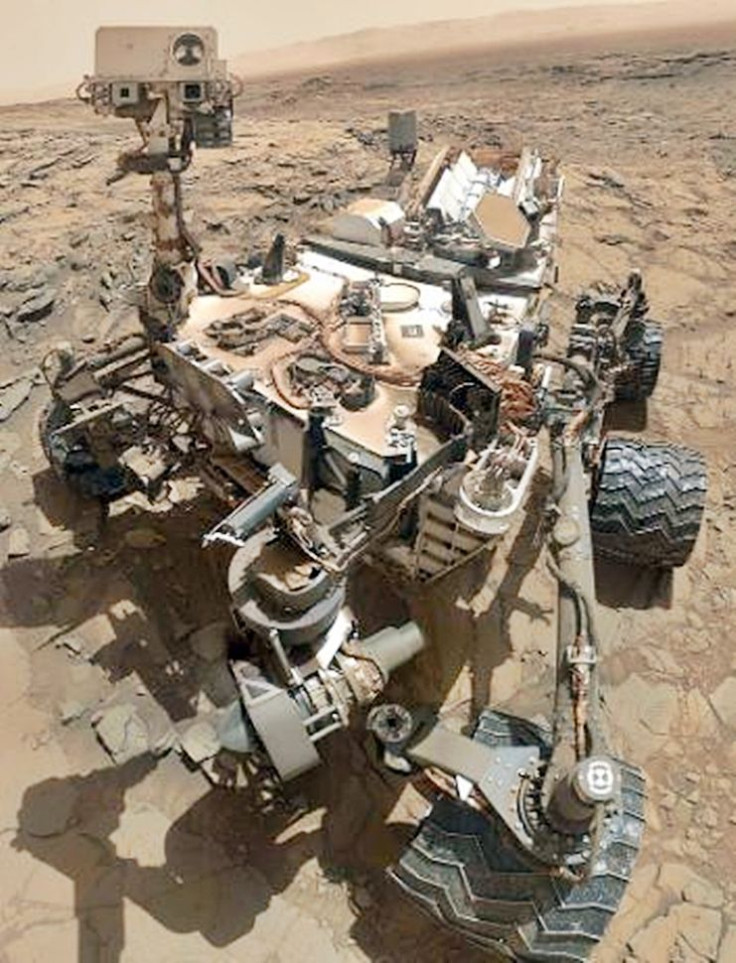Curiosity Rover Marks 7th Birthday On Mars

Now that the Curiosity rover, the only survivor among the three intrepid rovers that touched down on Mars starting in 2004, has reached its seventh anniversary on Mars on Aug. 6. NASA hopes this sturdy scientific beast, whose mission is to assess the habitability of the Red Planet, can live long enough to reach its 10th anniversary in 2022.
Every indications say that Curiosity might die, but that depends on when the radioactive fuel for its radioisotope thermoelectric generator (RTG) that is called the Multi-Mission Radioisotope Thermoelectric Generator (MMRTG) runs out. MMRTG, which converts the heat of radioactive decay to electricity, has an operational lifetime of 14 years.
But even if Curiosity doesn't get to 2022, it will have lived long enough to welcome its successors, the Mars 2020 Rover and the Rosalind Franklin Rover or the European-Russian ExoMars rover. Both these rovers are set to touch down on the Red Planet in February 2021.
Both these new rovers will hunt for actual signs of ancient Martian organisms.
Not bad for a car-sized oddity that was supposed to survive for only two years on Mars after being lowered onto the Gale Crater by a rocket-powered sky crane.
Over the course of seven years of discovery, the six-wheeled Curiosity has advanced our knowledge of Mars to a greater degree than ever before. Curiosity has made exciting discoveries.
It found the 154-kilometer-wide Gale Crater that once hosted a lake-and-stream system in the distant past. Its observations indicated the Martian environment was habitable on-and-off, for perhaps hundreds of millions of years.
More recently, Curiosity detected several surges of methane in Gale Crater's air that might be signs of microbial life. These methane spiked intrigue among astrobiologists since most of the Earth's atmospheric methane is produced by microbes and other organisms.
This might not be the case on Mars, however. Astrobiologists also know methane can be produced abiotically via reactions between hot water and certain types of rock, for example.
In September 2014, Curiosity wended its way to the base of Mount Sharp, the jagged mountain that rises 5.5 km into the sky from Gale's center. As it ascended, the rover searched for more clues about Mars' wetter, warmer past and its shift to the dead planet we know today.
MMRTG should keep Curiosity going for a little longer. Its being as nuclear power source means Curiosity is better equipped to handle Mars dust storms that can blanket half the planet. One such storm killed NASA's solar-powered Opportunity rover in 2018. Thick dust coated Oppy's solar panels, depriving the rover of power and killing it.




























